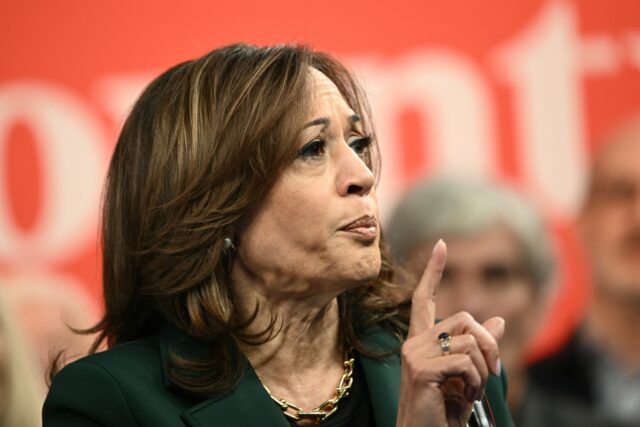The U.S. Leading Economic Index fell 0.5 percent in September, continuing a decline that could signal a slowdown in the months ahead. The LEI, which forecasts future economic activity, is down 2.6 percent over the past six months, with weakness in manufacturing orders and an inverted yield curve contributing to the drop.
Economists had expected a smaller decline of 0.3 percent. The prior month was revised downward to show a 0.3 percent decline instead of the 0.2 percent drop originally reported.
The timing is problematic for Vice President Kamala Harris, whose campaign has highlighted manufacturing growth as a key achievement of the Biden-Harris administration. The LEI’s decline suggests that this narrative could face increasing scrutiny.
“Weakness in factory new orders continued to be a major drag on the US LEI in September as the global manufacturing slump persists,” said Justyna Zabinska-La Monica, Senior Manager, Business Cycle Indicators, at The Conference Board. “Additionally, the yield curve remained inverted, building permits declined, and consumers’ outlook for future business conditions was tepid. Gains among other LEI components were not significant enough to offset weakness among the four gauges mentioned above. Overall, the LEI continued to signal uncertainty for economic activity ahead and is consistent with The Conference Board expectation for moderate growth at the close of 2024 and into early 2025.“
Harris has repeatedly pointed to the administration’s efforts to rebuild the industrial sector, particularly through lavish deficit spending aimed at boosting advanced manufacturing, especially around so-called “green” energy and transportation projects. But the sustained drop in the index raises questions about the quality of those gains, particularly as industrial new orders—a crucial component of the LEI—have weakened.
As well, employment in the manufacturing sector has declined in three out of the last four months and is lower than it was one year ago.
Economists have pointed to the decline in new orders as an early sign that the sector may face headwinds in the months to come. Manufacturing has long been a bellwether of broader economic health, and a slowdown could be an indicator of future contraction in the wider economy.
The LEI’s broader decline is driven by several factors, including tighter credit conditions and ongoing weakness in the housing market. The inverted yield curve, a persistent signal in the index, suggests investors expect slower growth or even a recession in the near future.
For Harris, the LEI’s decline could complicate her campaign’s messaging. Although she has championed the administration’s economic record, particularly on manufacturing, the ongoing decline in leading indicators may make it harder to convince voters that the economy is on solid ground.

COMMENTS
Please let us know if you're having issues with commenting.